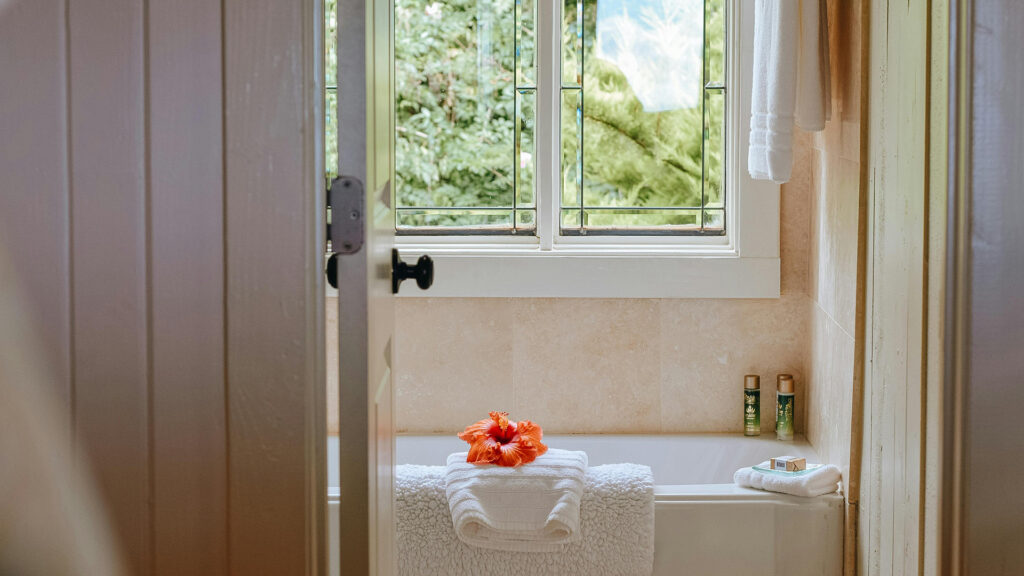In recent times there has been a lot of discussion about sustainability.
It is often stressed that from one’s own small place one can change or help the environment and value the natural resources that planet Earth gives us more highly. Moreover, each person can raise awareness and promote a greener and healthier lifestyle.
Have you ever thought about what you can change to make your bathroom environmentally friendly? Sustainable bathrooms aim to be more efficient in the use of water, energy and materials, as well as minimising pollution.
These bathrooms not only intend to conserve water, which is vitally important, but they also integrate technologies and designs that minimise environmental impact and maximise resource efficiency.
Here are five ways and benefits to transform your bathroom into a sustainable one.
• Ecological Design
A sustainable bathroom is built using environmentally friendly materials and construction techniques. This may include the use of recycled or sustainably sourced materials, as well as designs that increase natural light and ventilation to reduce the need for artificial lighting and air conditioning, therefore making use of nature’s natural resources.
• Smart Technology
Sustainable bathrooms also rely on smart technology. Water and energy management systems can monitor and control consumption in real time and automatically adjust the water flow and lighting as needed. In addition to improving comfort and hygiene, the integration of motion sensors and hands-free devices reduces waste by avoiding unnecessary use of accessories.

• Environmental and Economic Benefits
There are both environmental and economic advantages to sustainable bathrooms. These include reducing the use of drinking water, as well as wastewater pollution, thus helping to preserve natural resources. Additionally, water and energy savings can reduce long-term operating costs for households, businesses and institutions.
• Water Saving Technologies
Thanks to new technologies, sustainable toilets have water-saving features such as dual-flush toilets, which allow less water to be used for liquid waste and more water to be used for solid waste. In addition, they may include low-flow faucets and showerheads, which significantly reduce the amount of water used without affecting the user’s experience.
•Water Re-Use
Water reuse is an essential feature of sustainable toilets. This involves collecting and treating the water used in sinks and showers for subsequent use in toilet flushing or for watering plants. By using water more efficiently, the need to rely on potable water sources, as well as waste, is reduced.
Brands for a greener world:
The EcoSmart technology from hansgrohe has equipped showers and faucets that consume up to 60% less water than traditional products. This also means that less hot water is needed and therefore less energy. The result is a reduction in CO2 emissions and costs.
The FV nozzles are specially designed to save water. Up to 50% of the water consumed in the bathroom can be saved through the faucet nozzles.
The sanitary lines from Ferrum focus on the current trend of water saving in toilets. The dual flush of their tanks helps minimize consumption as they only use 4.5 liters at maximum flush and 3 liters at minimum flush.
In conclusion, sustainable toilets are an effective and practical way to incorporate sustainability into one’s daily life. By adopting these innovative solutions, It is possible to move towards a greener, more environmentally aware future, where caring for natural resources is a priority in every aspect of life.





